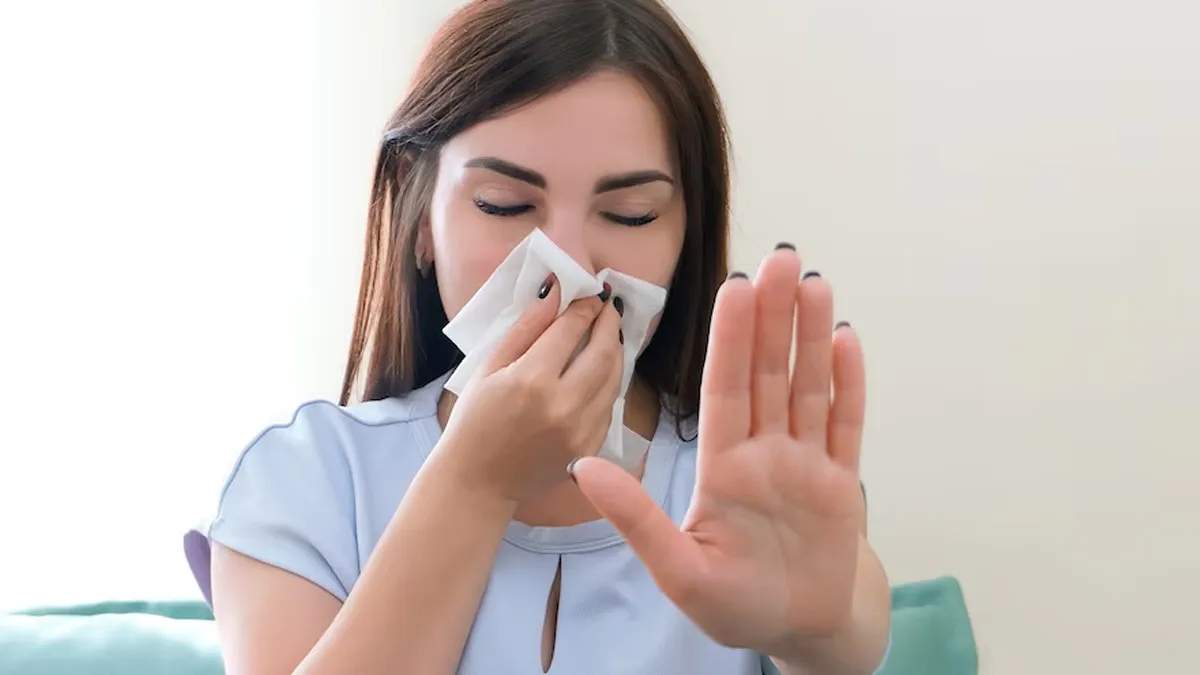
Do you find yourself sneezing uncontrollably or dealing with itchy eyes whenever dust, pollen, or pet dander are in the air? While there are plenty of over-the-counter allergy medications and sprays available, natural and homemade remedies can provide relief without the side effects of chemical-laden products. DIY allergy sprays are easy to make and use, offering a natural way to combat common allergens, such as dust, pollen, and pet dander. Here's how you can create your effective allergy spray at home.
Table of Content:-
According to the Australian Society of Clinical Immunology and Allergy (ASCIA), allergies happen when a person’s immune system responds to substances in the environment that are typically harmless to most people. These substances, called allergens, are present in dust mites, pets, pollen, insects, ticks, molds, foods, and medications.
Types Of Common Allergens
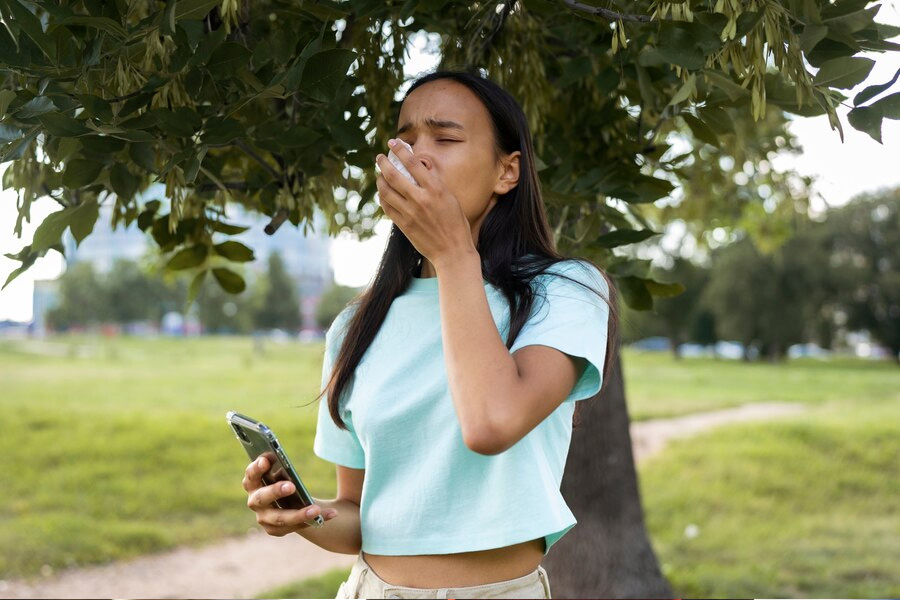
- Dust: Dust mites, tiny insects that live in household dust, are one of the leading causes of indoor allergies. They thrive in warm, humid environments, and their droppings can trigger reactions like sneezing, coughing, and itchy eyes.
- Pollen: Seasonal allergies, commonly known as hay fever, are caused by pollen from trees, grasses, and weeds. Pollen is especially prevalent during certain months of the year and can cause sneezing, nasal congestion, and itchy throat.
- Pet Dander: Proteins found in pet saliva, urine, and dander (tiny flakes of skin shed by furry animals) can cause allergic reactions in sensitive individuals. These allergens often remain in the air and settle on furniture, clothing, and bedding.
While the above allergens can be found in different environments, a DIY allergy spray can help eliminate or neutralise these triggers, providing much-needed relief.
Also Read: Winter Allergies Or Pollution: Expert Explains How To Differentiate Between The Two
DIY Allergy Spray Ingredients
To make your allergy sprays, you’ll need a few simple ingredients. These natural elements can help reduce allergens in the air and on surfaces, giving you a chemical-free solution to combat allergic reactions.
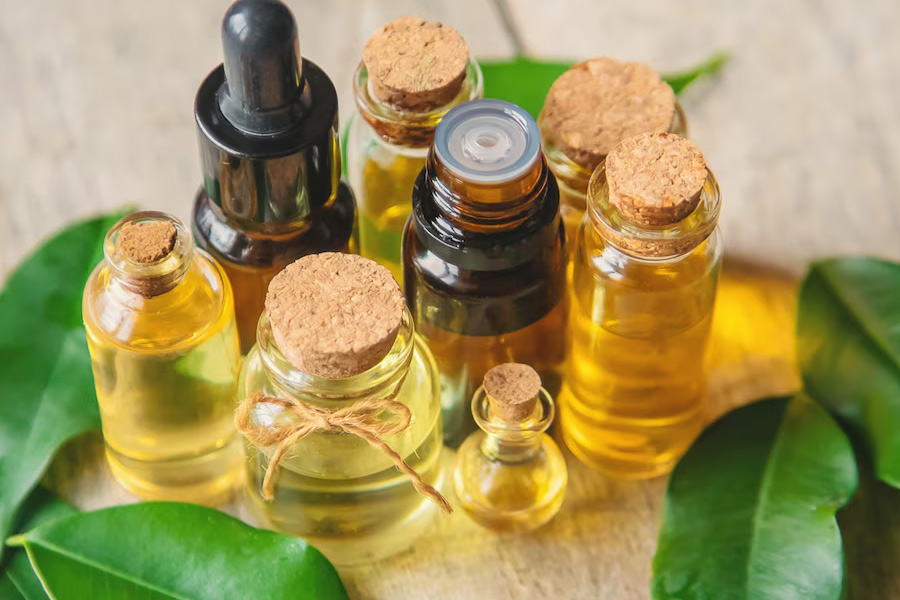
- Distilled Water: Used as the base for the spray, distilled water is free from impurities and minerals, which makes it ideal for homemade sprays.
- Essential Oils: Essential oils are known for their soothing properties and can help alleviate allergy symptoms. Some essential oils, such as eucalyptus, lavender, peppermint, and tea tree oil, are especially effective in clearing the airways, reducing inflammation, and combating allergens.
- Vinegar: White vinegar has natural disinfectant properties, helping to neutralise odors and kill dust mites and bacteria. It can also be used as a base ingredient in allergy sprays.
- Baking Soda: This versatile household product works as a natural deodoriser and can help eliminate pet dander from surfaces.
- Glycerin: Often used to add moisture to sprays, glycerin can help prevent the spray from evaporating too quickly and ensure that it clings to surfaces.
DIY Allergy Spray Recipes
1. Pollen and Dust Allergy Spray
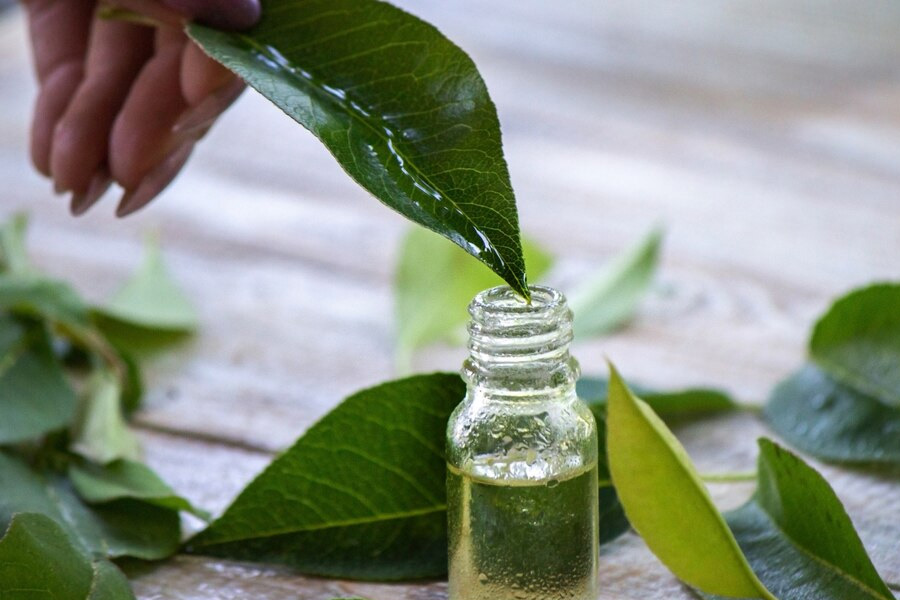
This simple spray targets dust and pollen particles in the air and on surfaces. It helps neutralise allergens, creating a cleaner environment to reduce sneezing and other allergy symptoms.
Ingredients
- 1 cup distilled water
- 2 tablespoons white vinegar
- 10 drops of eucalyptus essential oil
- 10 drops of tea tree essential oil
Instructions
- Mix the water and vinegar in a spray bottle, then add the essential oils and shake thoroughly to combine.
- Spray lightly in areas where dust and pollen accumulate, such as furniture, curtains, or carpets.
- Use the spray around your home, especially during high-pollen seasons, to reduce airborne allergens.
2. Pet Dander Allergy Spray
If pet dander is the culprit behind your allergies, this spray can help reduce the particles in the air and on surfaces where your pet spends time. The combination of essential oils and vinegar helps neutralise odors and break down pet dander.
Ingredients
- 1 cup distilled water
- 1 tablespoon white vinegar
- 1 tablespoon baking soda
- 5 drops of lavender essential oil
- 5 drops of lemon essential oil
Instructions
- Combine the distilled water, vinegar, and baking soda in a spray bottle.
- Add the essential oils and shake well.
- Spray on pet bedding, furniture, and areas where your pets frequent.
- Allow it to dry, then vacuum to eliminate pet dander. The spray can help reduce the particles and freshen the air.
Also Read: Are Allergies Permanent? We Asked A Doctor
3. All-Purpose Allergy Spray
This versatile allergy spray can be used for general purposes, whether dust, pollen, or pet allergens. It also serves as a natural air freshener that can help clear the air of allergens while leaving your home smelling fresh.
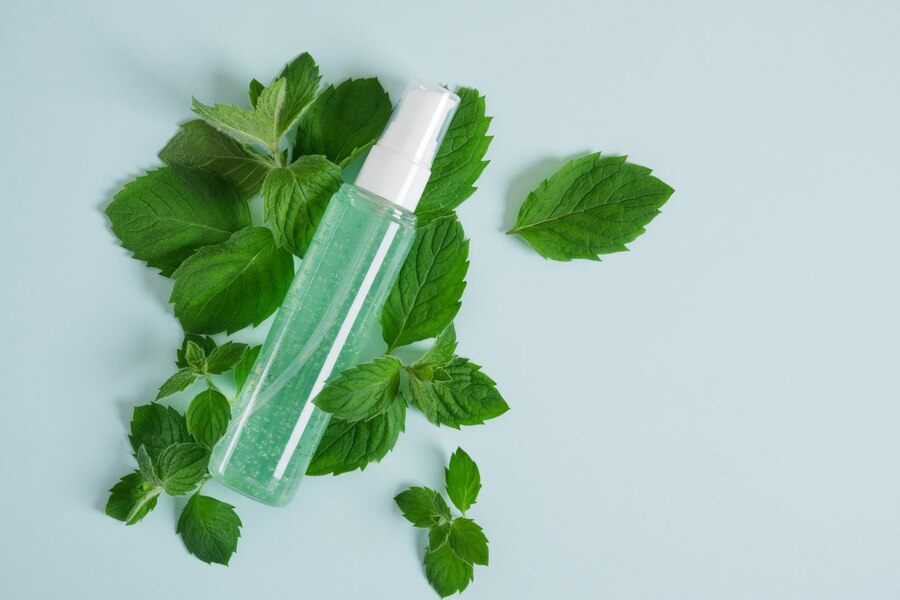
Ingredients
- 1 cup distilled water
- 1 tablespoon white vinegar
- 1 tablespoon vegetable glycerin
- 10 drops of peppermint essential oil
- 10 drops of lavender essential oil
Instructions
- Combine the water, vinegar, and glycerin in a spray bottle.
- Add the essential oils and shake to mix.
- Use this spray on furniture, carpets, or even as a room mist to help eliminate airborne allergens.
- Use regularly to keep allergens at bay and refresh your living space.
Tips for Using DIY Allergy Sprays
- Test First: Before using any spray on fabrics or furniture, do a spot test to ensure it doesn’t cause discoloration or damage.
- Use Regularly: For best results, use the sprays daily or during high-allergy seasons to keep allergens under control.
- Keep Surfaces Clean: In addition to using allergy sprays, regular cleaning of surfaces, bedding, and carpets can help reduce the buildup of allergens.
- Ventilation is Key: Open windows regularly to improve airflow and reduce the concentration of allergens indoors.
[Disclaimer: This article contains information for informational purposes only. Hence, we advise you to consult your professional if you are dealing with any health issues to avoid complications.]
Also watch this video
How we keep this article up to date:
We work with experts and keep a close eye on the latest in health and wellness. Whenever there is a new research or helpful information, we update our articles with accurate and useful advice.
Current Version